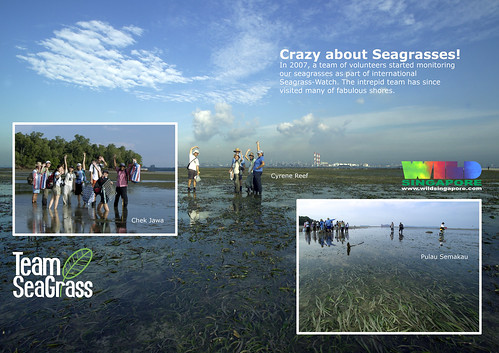
(Click to enlarge)
In my previous post on seagrasses, we explored some of the reasons why seagrass meadows are important habitats, and also looked at some of the threats that seagrasses face. In this final part of the series, I'll show you some local efforts to better understand seagrasses so that we can protect them.
Seagrass-Watch
One of the leading global programmes to monitor and conserve seagrasses is Seagrass-Watch. A global non-destructive scientific programme to assess and monitor seagrass, it was established in Australia in 1998, but has since expanded to cover approximately 259 sites across 17 countries. As shared on its website:
Seagrass-Watch aims to raise awareness on the condition and trend of nearshore seagrass ecosystems and provide an early warning of major coastal environment changes. The Seagrass-Watch program has a simple philosophy of involving those who are concerned, and involves collaboration/partnerships between community, qualified scientists and the data users (environment management agencies).
People involved in the program develop a deep sense of custodianship and understanding of their local marine environments that reaches throughout the wider community. Coastal communities are concerned about the condition and loss of seagrasses in their regions and are keen to play a primary information-gathering role and work in partnership with government agencies.
Participants of Seagrass-Watch are from a wide variety of backgrounds who all share the common interest in marine conservation. Most participants are associated with universities & research institutions, government (local & state) or non-government organisations, established local community groups and schools.
The level of involvement depends on local resources, local coordination, local support, available capital, and scientific expertise. Seagrass-Watch also integrates with existing education, government, non-government and scientific programs to raise awareness and preserve these important marine ecosystems for the benefit of all. Participants collect quantitative data on seagrasses and their associated fauna by means of simple yet scientifically rigorous monitoring techniques.
The program has a strong scientific underpinning with an emphasis on consistent data collection, recording and reporting. Scientific, statistical, data management, data interpretation and logistic support underpins all monitoring efforts. Seagrass-Watch identifies areas important for seagrass species diversity and conservation and the information collected is used to assist the management of coastal environments and to prevent significant areas and species being lost.
Seagrass-Watch monitoring efforts are vital to assist with tracking global patterns in seagrass health, and assess the human impacts on seagrass meadows, which have the potential to destroy or degrade these coastal ecosystems and decrease their yield of natural resources. Responsive management based on adequate information will help to prevent any further significant areas and species being lost. To protect the valuable seagrass meadows along our coasts, everyone must work together.
The goals of Seagrass-Watch are:
- To educate the wider community on the importance of seagrass resources
- To raise awareness of coastal management issues
- To build the capacity of local stakeholders in the use of standardised scientific methodologies
- To conduct long-term monitoring of seagrass & coastal habitat condition
- To provide an early warning system of coastal environment changes for management
- To support conservation measures which ensure the long-term resilience of seagrass ecosystems
TeamSeagrass
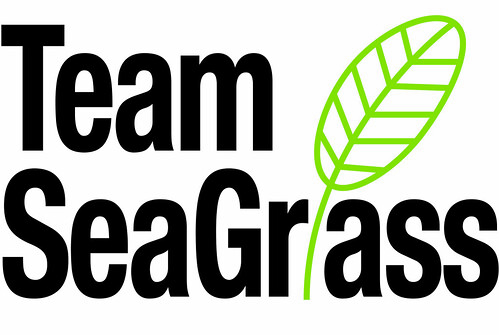
Here in Singapore, TeamSeagrass functions as the local chapter of the Seagrass-Watch network. A collaboration between Seagrass-Watch and the National Biodiversity Centre of the National Parks Board, TeamSeagrass was started in 2007. TeamSeagrass data is submitted to NParks for a better understanding and management of Singapore's seagrasses and shores, and Seagrass-Watch uses the data for a more global perspective.

(Click to enlarge)
Led by a small volunteer management team, TeamSeagrass currently has about 200 volunteers, who participate in regular data collection at 6 seagrass meadows around Singapore:

Cyrene Reef;
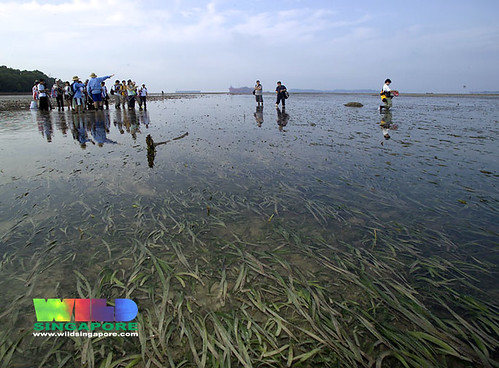
Pulau Semakau;
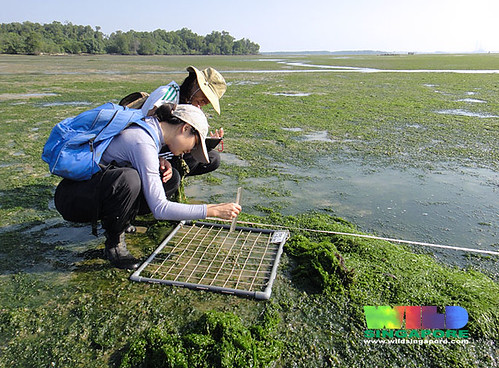
Chek Jawa;
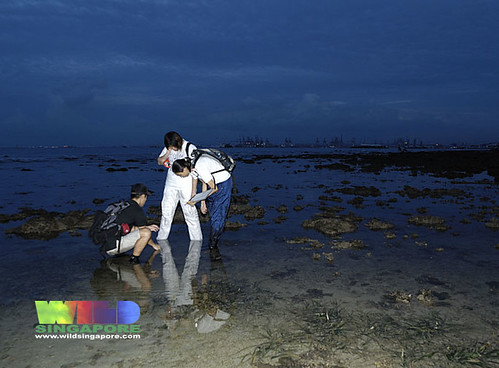
Sentosa;
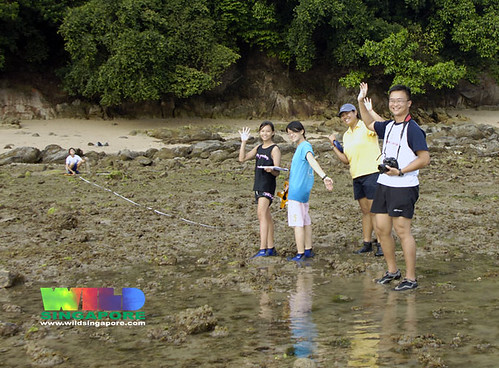
Labrador;
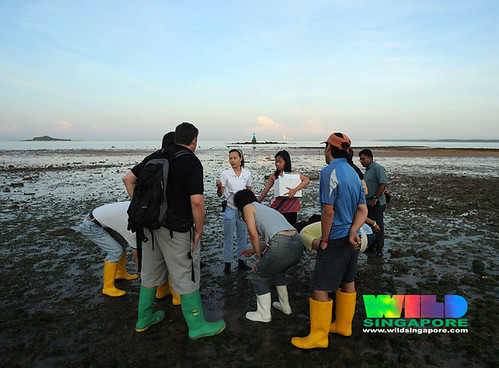
and Tuas;
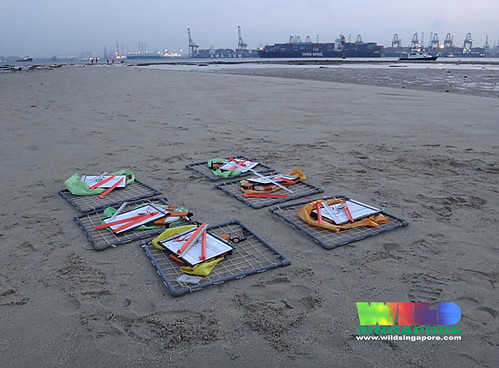
Here you can see the equipment we use for monitoring sessions: transect square for quick assessment of quadrats, measuring tape, plastic stakes, ruler, compass, and datasheet;
(Cyrene Reef)
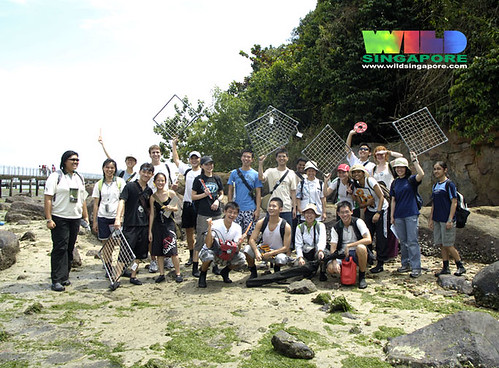
The transect squares get brandished a lot during group photo-taking;
(Chek Jawa)
Fellow volunteer Nor Aishah shared about her experiences as a TeamSeagrass volunteer in a recent issue of My Green Space.
Watching Seagrass Grow: Reflections of a Volunteer
TeamSeagrass participants also take part in outreach activities, sharing about seagrasses with the general public.

At last year's inaugural Festival of Biodiversity, we had a tank of seagrasses on display;
(Photo by Rene)

TeamSeagrass volunteers Sankar and Jialing;
(Photo by Jeremy Ng)

Our volunteers had lots of fun telling people about the importance of seagrasses;
(Photo by Jeremy Ng)

Sankar even got the chance to share his fascination for seagrasses with a very important guest at the Festival;
(Photo by Jeremy Ng)
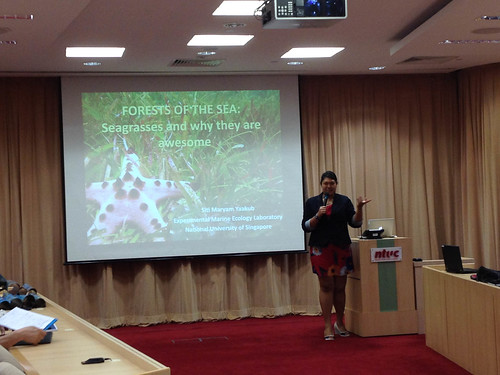
Siti gave a talk about seagrasses during a Green Drinks Singapore session last year;
(Photo by myself)
But it's not all fun and games; accuracy in the data collected is very important, which is why TeamSeagrass holds training sessions for its volunteers. Volunteers need to learn how to identify the various species of seagrasses found in Singapore (and remember, some of them can look quite similar), and why it is necessary to be consistent when doing transects.
Last weekend saw the first two training sessions for this year, with another round of training taking place this coming weekend.
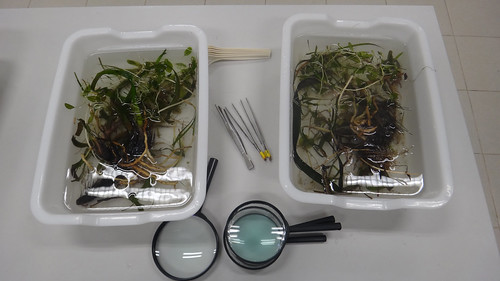
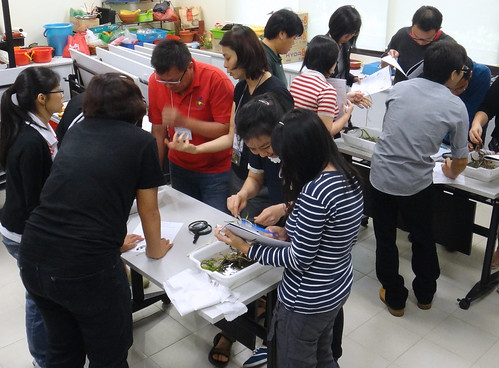
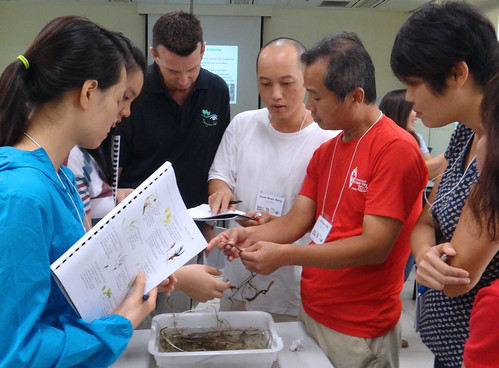

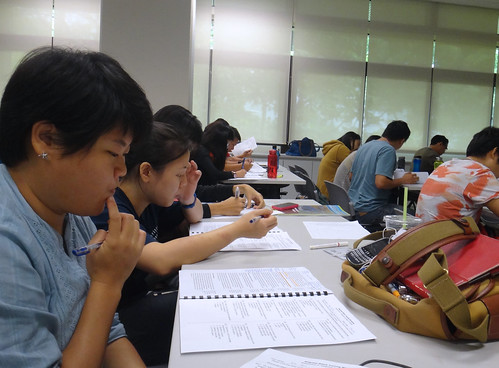
These sessions are being conducted by Len McKenzie and Rudi Yoshida from Seagrass-Watch, both of whom have many years of experience in seagrass research and monitoring.
Dr. Len arrived in Singapore a couple of weeks back for the Southern Expedition of the Comprehensive Marine Biodiversity Survey, and he certainly wasted no time in taking a closer look at our seagrasses.
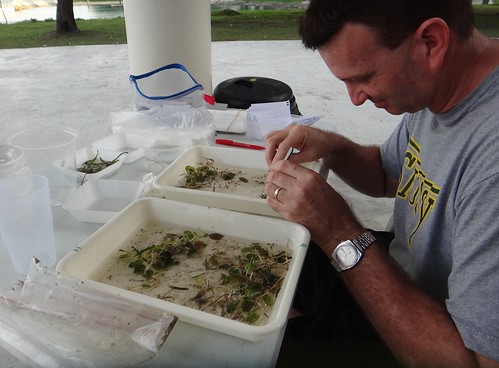
And tomorrow evening, he'll be conducting a talk on his area of expertise.
Singapore's Underwater Meadows
by Dr. Len McKenzie
Time: 7-8.30pm
Venue: Function Hall, Botany Centre, Level 1, Singapore Botanic Gardens
Seagrass habitats are one of the most productive ecosystems on earth but few people know what they are and how they are important to the health and functioning of other marine ecosystems and human well-being. In this talk, Dr. Len McKenzie covers the seagrass basics, but also talks about why regular seagrass monitoring is important and how monitoring seagrass in Singapore is contributing to global effort in understanding changes in seagrass ecosystems.
Dr. Len McKenzie is a Principal Researcher with TropWATER (James Cook University) and Seagrass-Watch Program Leader. He is also the Task Leader of the Reef Rescue Marine Monitoring Program – Intertidal Seagrass Monitoring and project leader for a series of projects involving the assessment and sustainable use of coastal fisheries habitats. Len has over 20 years experience as a researcher on seagrass ecology, assessment and fisheries habitats. This includes experience within Australia and internationally in seagrass research, resource mapping/assessment and biodiversity.
He has provided information on seagrass communities that has been vital in management of seagrass resources of the Great Barrier Reef and at the state, national and international levels. He has also advised on fishers and coastal resource-use issues for managers, fishing organisations, conservation and community groups. Len is also the Secretary of the World Seagrass Association.
The talk is free but pre-registration is required, online at http://bit.ly/lmckenzie
I'm looking forward to learning more about seagrasses from him!
For more information about seagrasses, Seagrass-Watch publishes a free magazine with news and feature articles about seagrasses and seagrass research from around the world.

Here's the latest issue, released in March 2013. Click the thumbnail to start downloading the PDF.
The World Seagrass Association, a global network of scientists and coastal managers committed to research, protection and management of the world's seagrasses, has a blog that is run by our own Siti Yaakub.

Siti was one of the NParks staff involved in TeamSeagrass, and is currently working on her PhD. Other NParks staff who have worked very hard for TeamSeagrass include Rachel Lim, Yang Shufen, and Lim Wei Ling.
In this video from 2011, Siti and Wei Ling can be seen giving instructions to volunteers during a TeamSeagrass monitoring session at Chek Jawa.
Just a month ago, Siti, Rachel, and Wei Ling published a paper on the diversity and distribution of seagrasses in Singapore.

Maps generated from satellite images of Singapore's three largest seagrass meadows. A. Pulau Semakau; B. Chek Jawa, Pulau
Ubin; and C. Cyrene Reef.
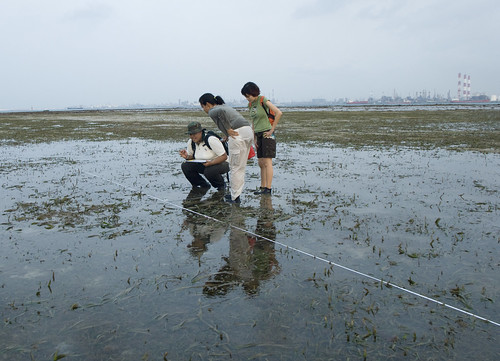
Here's a photo of Siti talking to journalists from The Straits Times about seagrasses on Cyrene Reef;
If you're curious and want to be involved in a long-term scientific monitoring project, why not read the TeamSeagrass FAQs and join us! You'll get to see a very different side of Singapore, explore some interesting places, and contribute towards a better understanding of these important yet imperiled marine ecosystems.
(All photos by Ria Tan unless otherwise stated)
(Cross-posted to SBA Plus. Do support me in the Singapore Blog Awards!)